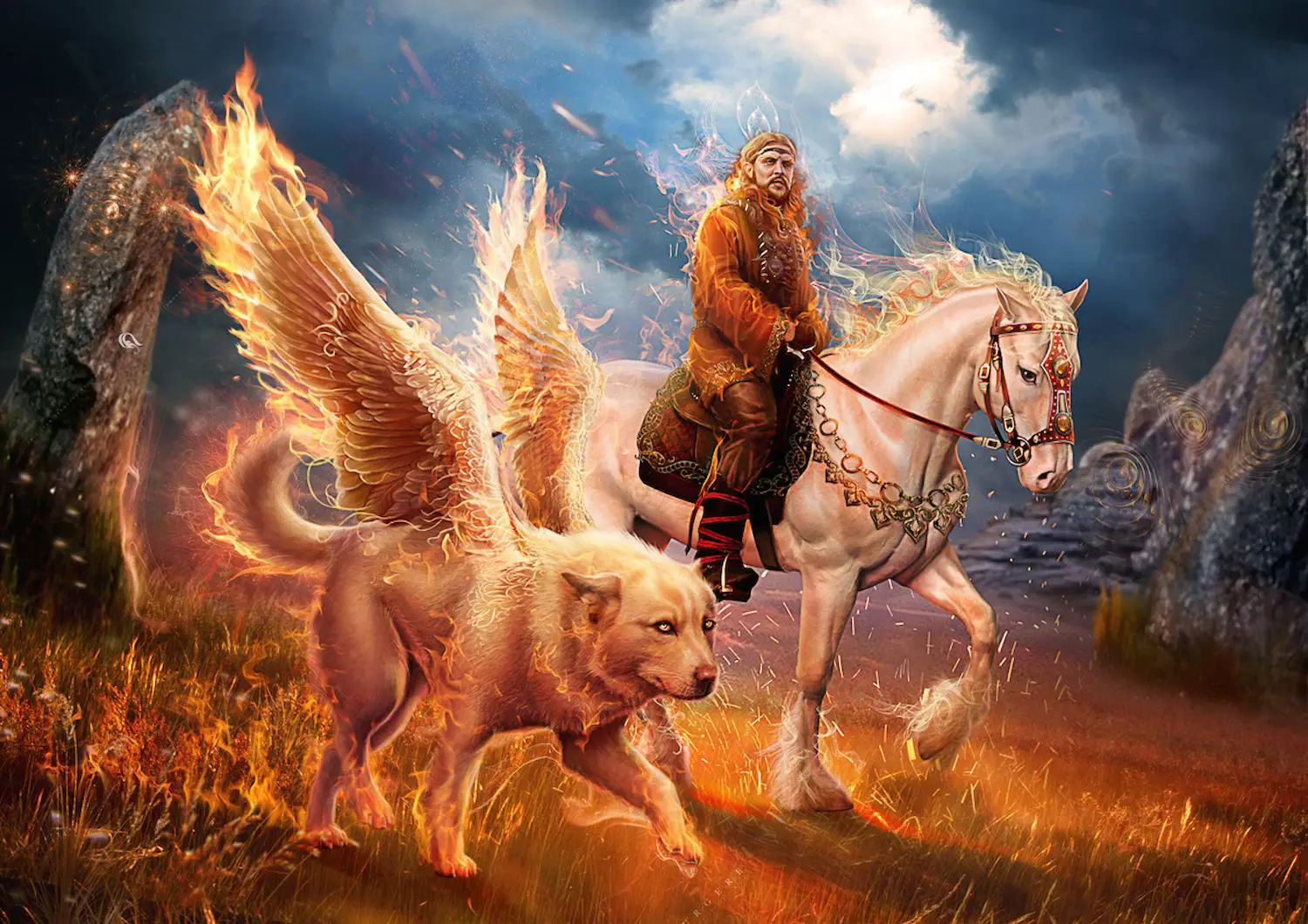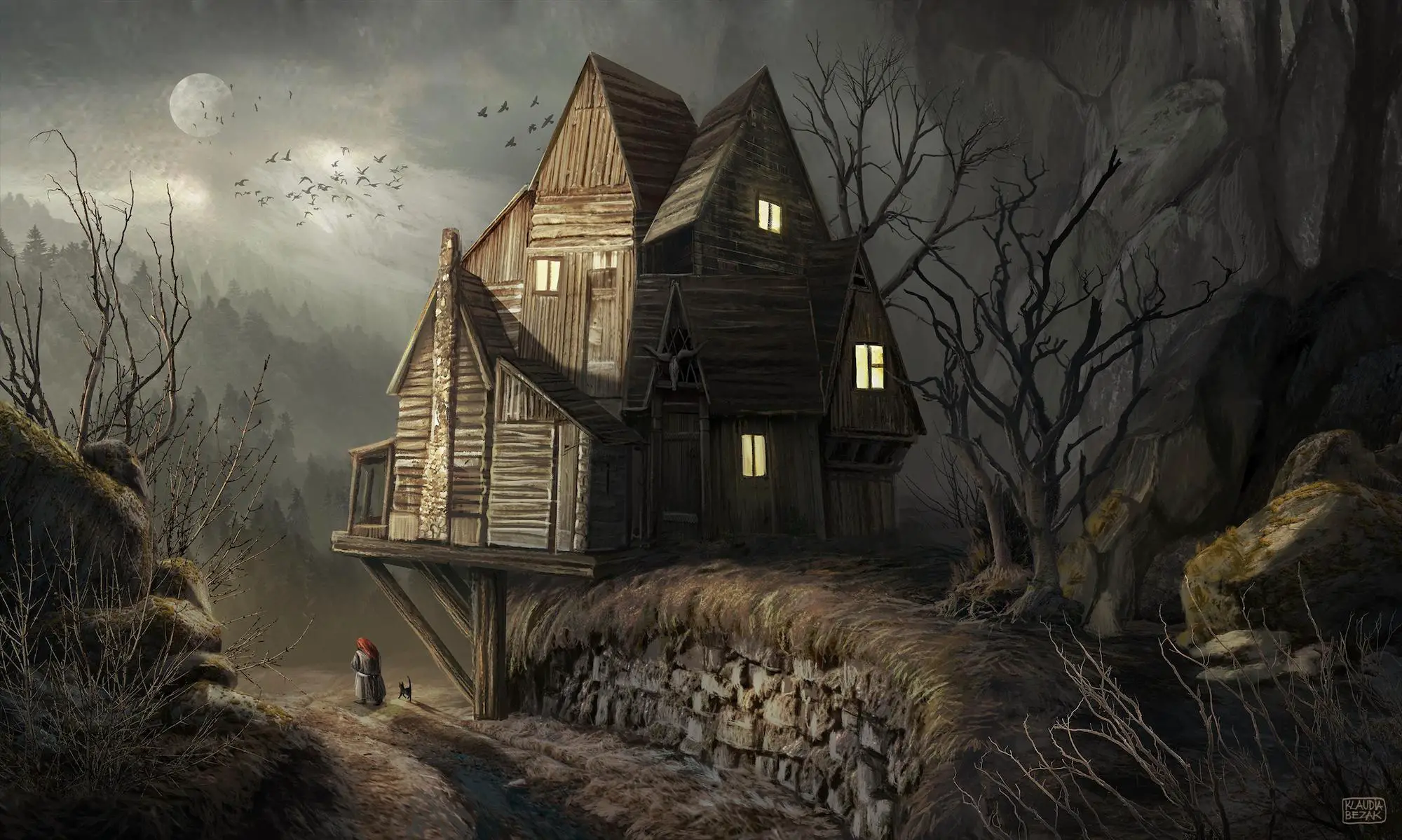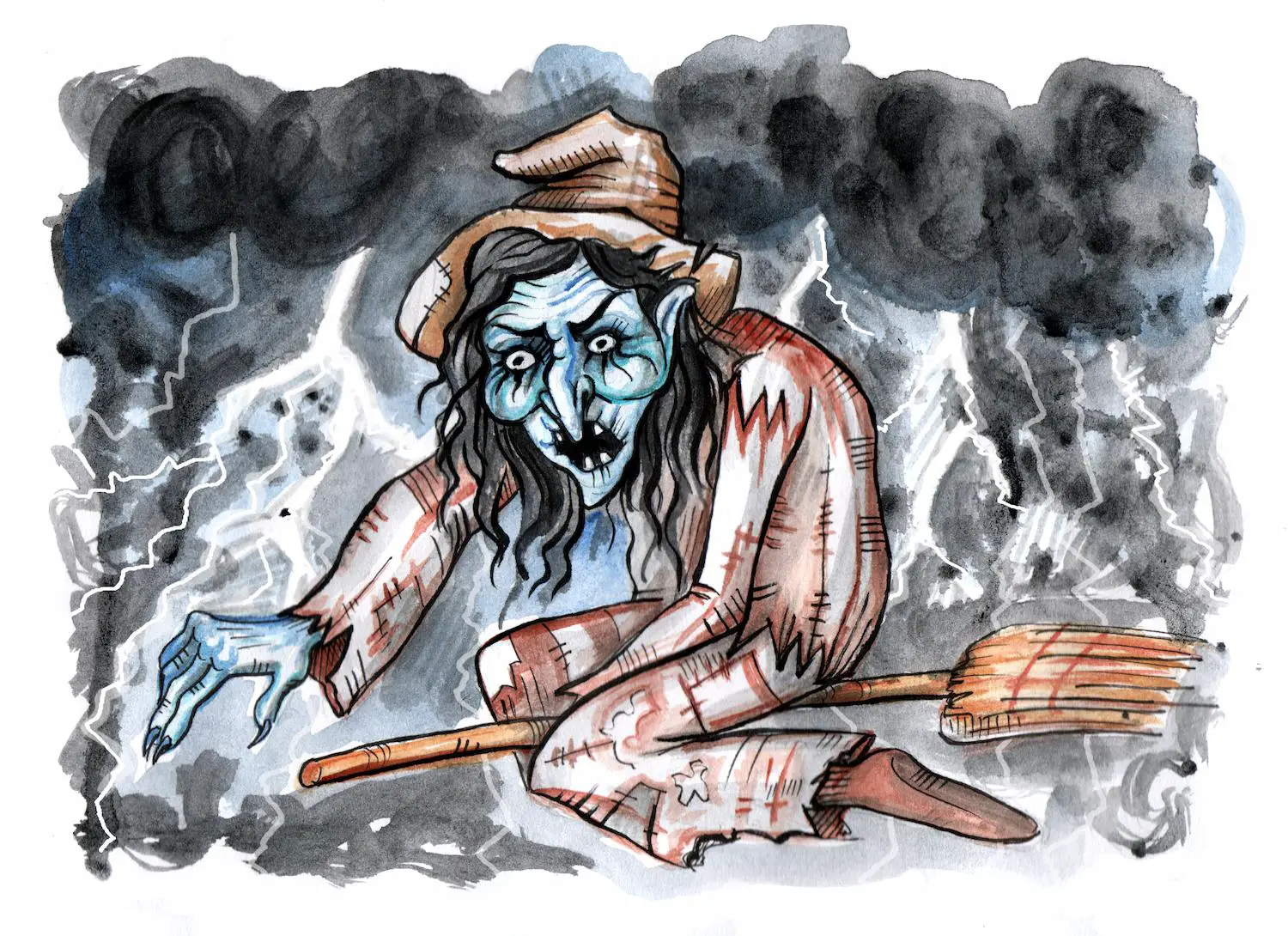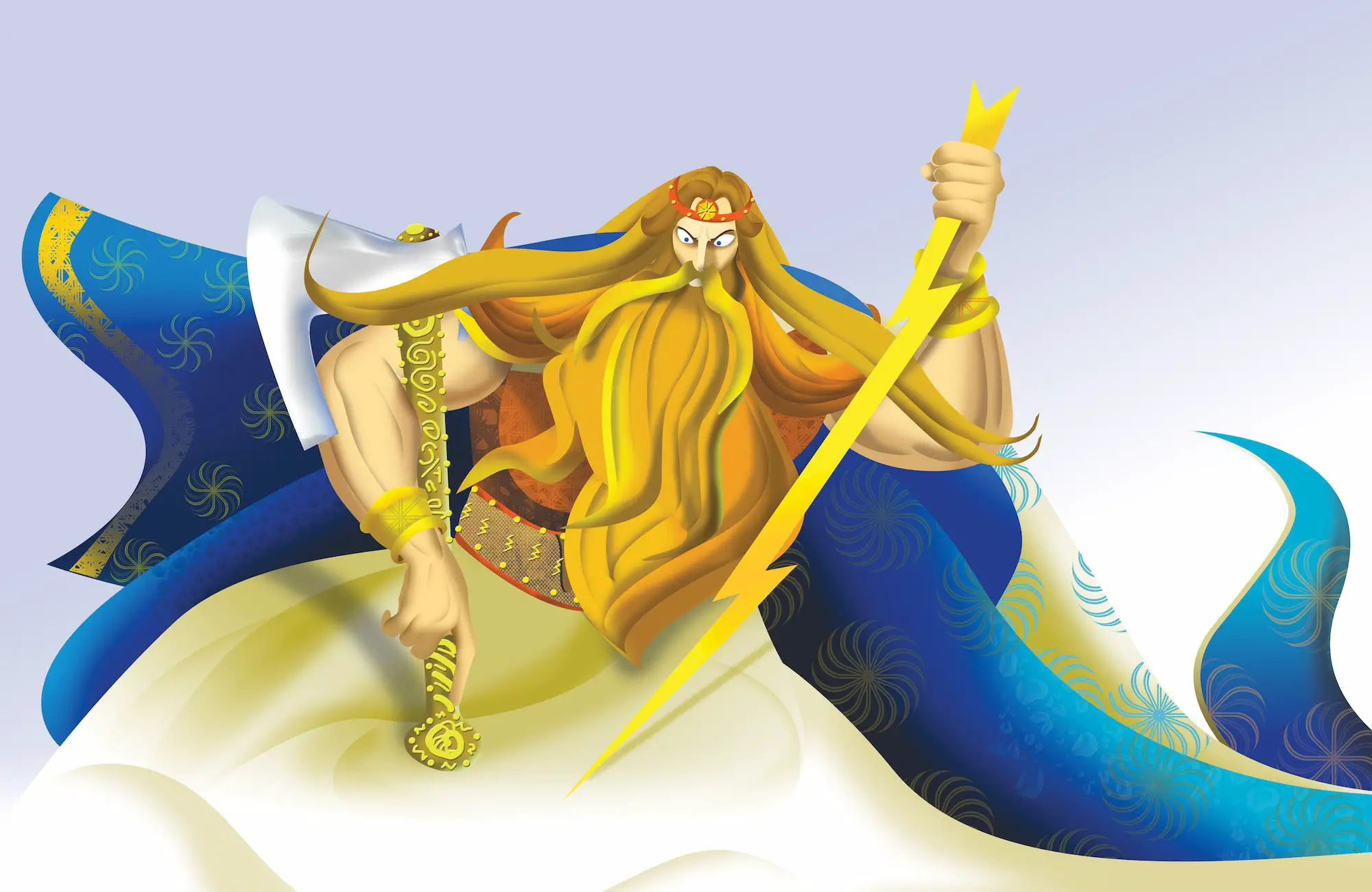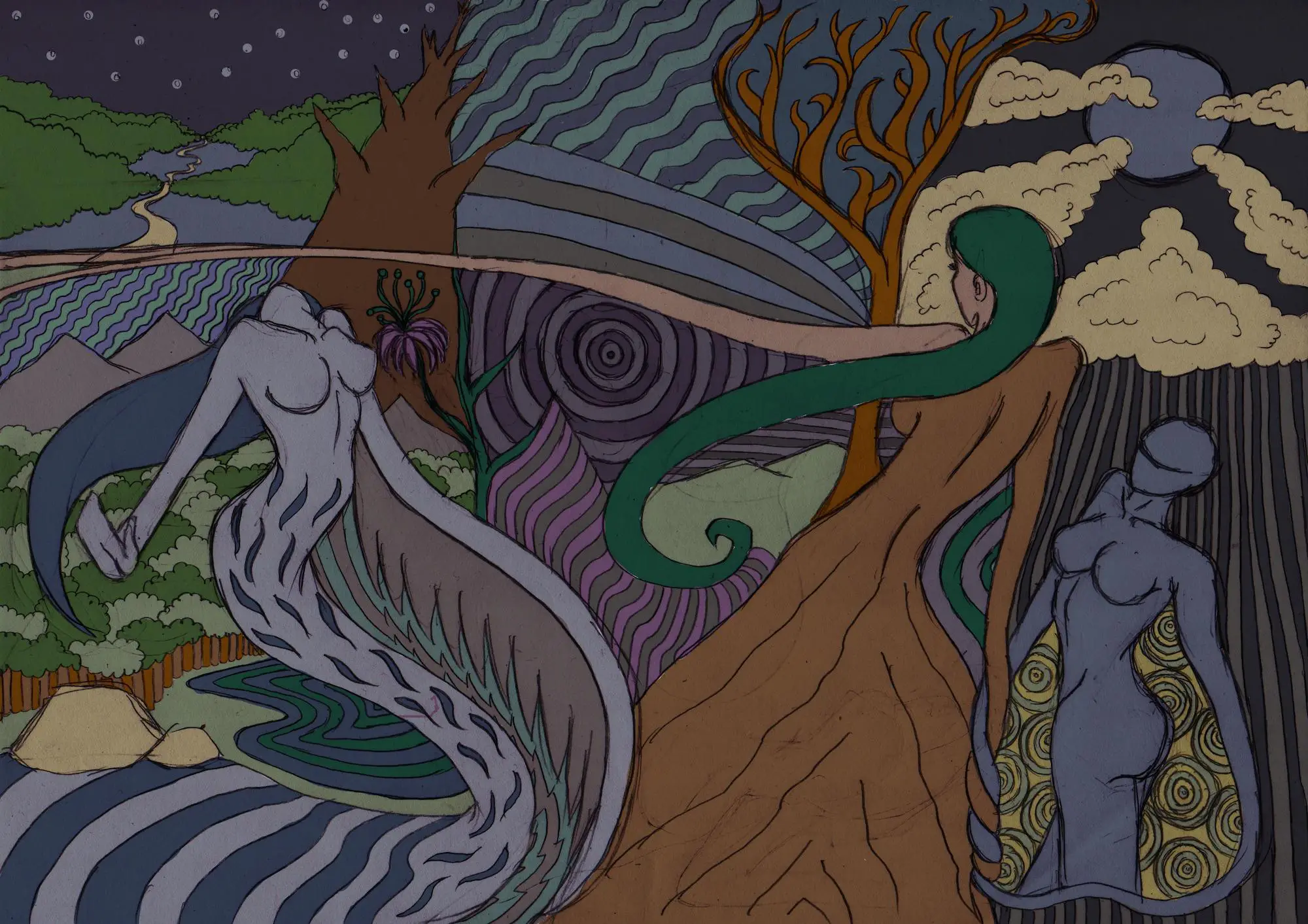Sign systems are one of the staple characteristics of every folk culture. The signs in these systems reflect esoterism that inscribes folklore and culture authenticity that witnesses the mysticism, religion, the concept of deities, and interpretation of knowledge.
The Slavic symbols are one of the most significant remnants of Slavic ancient culture in regard to the belief system of the community as well as their rituals and practices.
Historians and folklorists have been continuously working on deciphering and interpreting the cultural and religious meanings and importance of these symbols, primarily on the territory where Slavic people have mainly settled throughout history, i.e. Southeastern and Central Europe.
Reportedly, the Slavic symbols reflect a solid similarity to the classic runes since they visually present a strong belief in high powers. The ancient Slavic tribes deified natural phenomena and performed rituals to plea for the protection of their welfare.
Many of their symbols were created as representations of their beliefs in deities and the help or blessing that they’ve required for the purpose of a long and prosperous life for them and their families or close community members.
Table of Contents
Slavic Symbols
Kolovrat
One such symbol is the Kolovrat which is regarded as the symbol of the sun although, unfortunately, it has been interpreted as a fascist symbol for many times in history as it resembles the Nazi swastika cross.
Etymologically speaking, the word “kolo” in Kolovrat means “circle”, or a wheel which personifies the annual circulation or rotation of the sun as an endless process in nature.
The classic representation of the Kolovrat has eight rays while the amulet is related to the seasons and the natural elements- earth, fire, water, and air.
This sign is also known under the name “svarga” which describes the motion of the sun rays from the center to the edges and this shows how the sun is connected to the deities of light that are might protectors.
Star of Lada, Star of Russia
Another significant symbol of Slavic culture and religion is the so-called Star of Russia that was originally created in honor of the Slavic goddess Lada.
Lada had a special place in the Slavic pantheon and she was the female representative of the sun among the male Slavic gods.
Placed on the highest position in the pantheon, Lada participated in the creation of man, therefore, people considered her protector of the home and goddess- a guardian of marital unions.
The Star of Russia looks like an eight-pointed star that has a square that is intertwined with a double ellipse. This symbol is considered a talisman for love unfortune, family misunderstandings, inability to express femininity, infertility, or gynecological problems.
Rod
Reportedly, one of the greatest symbols of Slavic nationality was the symbol of the deity Rod who was considered a patron of all the Slavic people. It was believed that Rod could be personified through all living beings as he presented fate and destiny.
The symbol of Rod is identical to the swastika symbol with four points and rounded edges.
This symbol was used for family harmony and intensifying the strength of family ties. In addition, it was considered a protector of various hostilities, so even soldiers wore it during battles.
Valkyrie
Next in the line of significant symbols in Slavic folklore is the Valkyrie which was considered as one of the most powerful protectors for warriors and defenders.
The Valkyries couldn’t be worn by anyone but it was given exclusively to soldiers who participated in life-threatening battles and combats.
In fact, Valkyries is a solar Slavic symbol that could pacify anger and smooth out the war tension, and redirect destructive energies.
Perun’s Flower, Fern Flower
The Perunov Flower, or the Fern Flower, has an ancient Slavic origin. Slavic people associated the fern with the love between the famous Bathing Lady and Heavenly Warrior who received a flower from the god Perun as a gift.
In Slavic mythology, Perun was presented as the highest god of the pantheon and a god of thunder, lightning, law, rain, war and fertility
The fern was presented as a powerful defender of evil spirits and a protective symbol that supposedly brings good luck and fights away demons and devilish creatures, therefore, many Slavic homes kept it as a talisman in their homes.
Alatyr
Alatyr is a Slavic symbol for which was believed to unify the two basic principles and oppositions of male and female.
This symbol is presented as an eight-peaked star that personifies the center of the world and stands as an eye that can observe the world with great knowledge and power. The alatyr was used only by people for whom it was said to have prophetic properties or were related to the divine.
It would bring the protection of the family of its user by bringing harmony and enlightenment. The alatyr also tamed rageous internal forces and could receive hidden messages from the gods.
Trikvetr, Shamrock
The trikvetr or shamrock was a protective symbol in the Slavic culture and folklore. It was presented with three leaves/ petals and was used in sacred religious ceremonies.
The trikvetr was an image of natural harmony and proof of the existence of divine forces.
This symbol was also related to powerful protection of the common welfare and people believed that it can transmit knowledge about the way the Sun moves across the sky.
Although commonly confused with the Celtic shamrock, the Slavic trikvetra differs by the fact that it is a plant without a “leg” base.
Valknut
Valknut is a symbol that is mainly related to the god Odin as a symbol that was dedicated to this deity.
This symbol was considered a triune type of a symbol as it revealed some of the staple cosmological principles in the Slavic religion or paganism: the unification of the body and the soul, the relation between living and deceased members of the same kin, and finally, the unity of the three worlds the ancient Slavs believed in: the world of the present, past and future.








